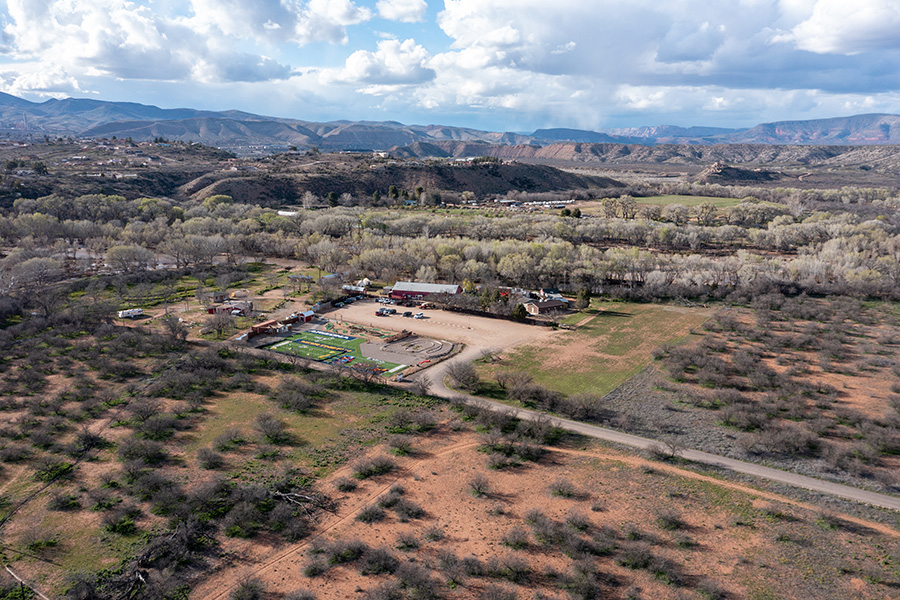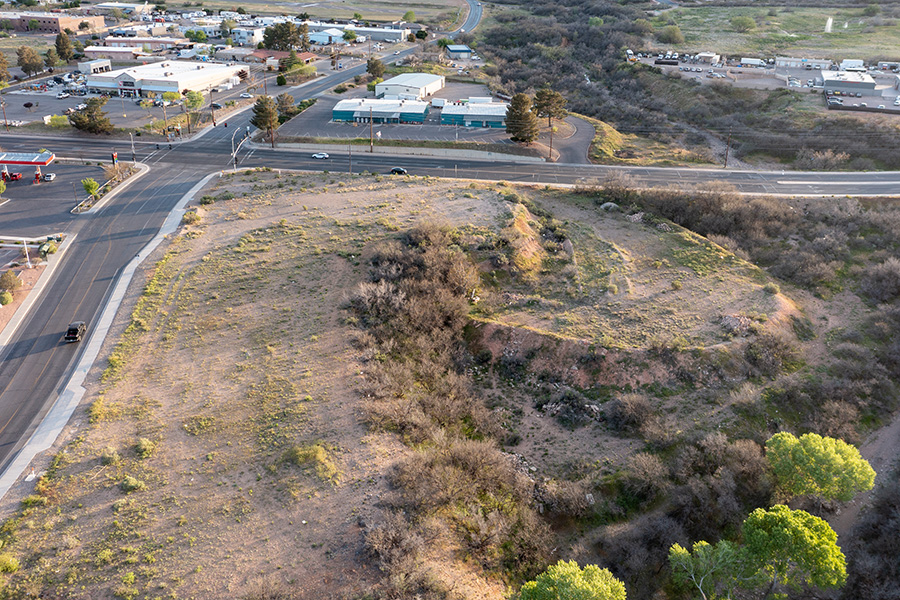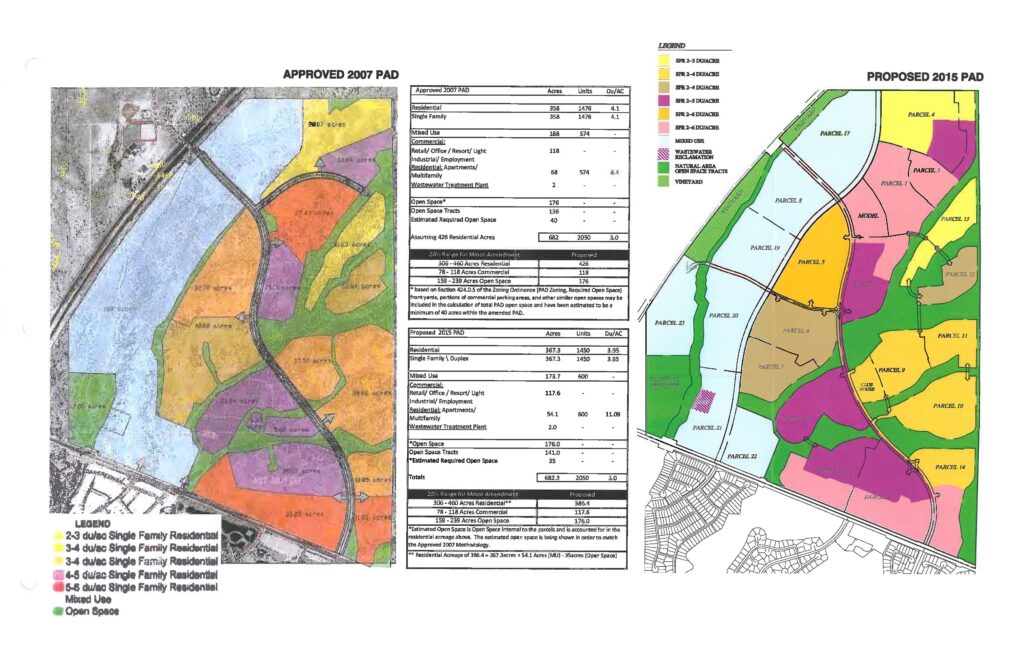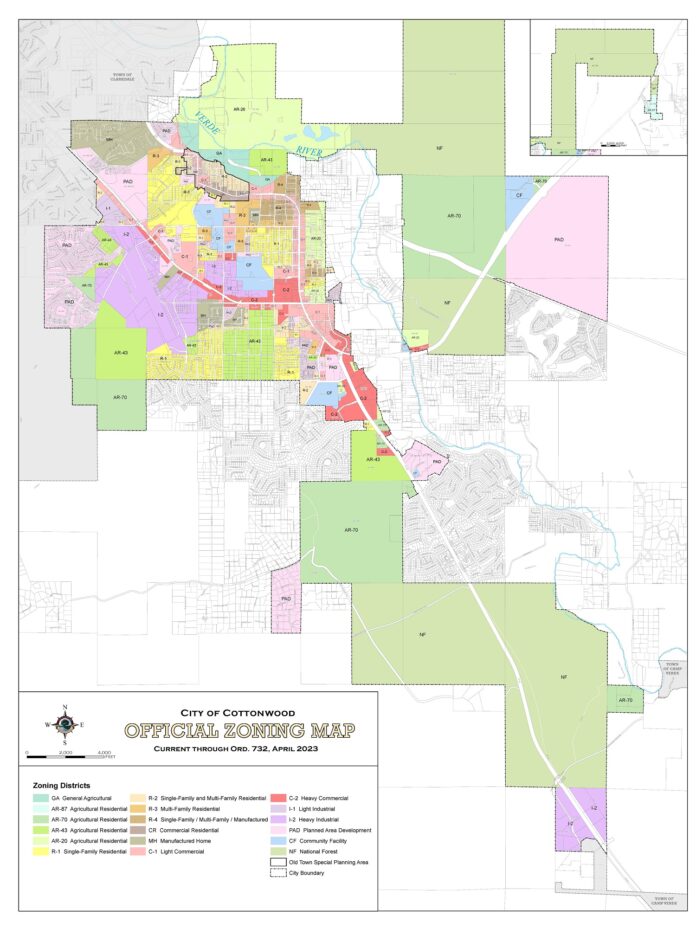In many circles, Arizona is called a “property rights” state due to the perceived belief that Arizonans vigorously assert their property rights, while local governments and the judicial system in our state generally tend to side with landowners in disputes.
Governments vary in accordance with the elected and appointed officials who compose them, and the courts vary by judge and case, of course, but in a property rights state, the prevailing trend is to live and let live and not mess with property owners if there is no prevailing public reason to do so. Certainly, some property owners will claim that a city or county won’t let them do X on their land, but this vocal minority is dwarfed by the number of residents who want to add a building, raise a fence or alter a road, and who, after applying for permits and paying fees, are wholly permitted to do the thing they ask to do.
American property rights are based on English common law, which dates back hundreds of years. Property owners on that tiny isle owned the dirt, the ground beneath it, some of the space above it and what are called the “bundle of rights,” which include possession, control of the property, enjoyment, exclusion and disposition.
According to William Bock, the League of Arizona Cities and Towns’ general counsel, “you have the right to possess the property, and control its use. You have the right to enjoy and use your property, and exclude people from entering or using it. And finally, you have the right to dispose of your property — sell, will, transfer or otherwise dispose of or encumber the property.”
Most of the United States uses Euclidian zoning, which resulted from the 1926 U.S. Supreme Court case Village of Euclid v. Ambler Realty Co., when the court ruled that the Ohio town could enact zoning laws by using the town’s “police power” to limit the use of private property in order to protect other property owners from being harmed by that use.
If you thought grade-school Euclidean geometry would never be of use to you as adult, please note that the Ohio town was named for the third-century BCE Greek mathematician Euclid, so mathematics has its revenge.
Arizona’s Zoning Enabling Act is found in Arizona Revised Statutes §9-462.
In any event, property developments go before local governments for approval. If it’s minor, meets all the restrictions without requiring any variances and doesn’t result in any substantial changes, a design or development review is merely paperwork that completes the process.

Bigger projects go before a government’s planning and zoning body, which is generally an appointed commission. They review the variances and special requests and make suggestions as to how the applicant can comply with town, city or county codes, or how it can offer public benefits to offset costs. For instance, if a housing development wants to build a special road from a public street to the development, the commission could require that, as a condition of approving the request, the developer connect the road to a neighboring parcel to give that other parcel shared access to the same street.
As long a applicants follow the letter of the law and existing codes, P&Z commissions are generally limited in what they can ask or what they can reject — again, because Arizona is am aforementioned “property rights” state. Commissions are appointed, not elected, so they are not political bodies and can’t reject otherwise legally-conforming projects on political grounds.

Consequently, when a project comes before a commission, like many of the projects we’ve recently been covering, commissioners are limited to staying within the the law. That’s why the public may hate a project that gets unanimous or near-total approval from a P&Z commission.
Town and city councils and county boards of supervisors, however, are political bodies. If a project requests a zone change or an exception beyond the scope of a P&Z commission, the project goes to that body for review after the P&Z body has its say.
In some instances, the political body takes the recommendation of the P&Z body seriously; after all, the council or board may only discuss a project for a few hours, while that government’s P&Z commission may have spent weeks going back and forth over the application, perhaps even walking the property in person.
But just because only certain hotel or lodging projects come before a town or city doesn’t mean other projects aren’t in the works.

Cottonwood has a hotel and a glamping site in the queue, drawing laments from those who want housing and nothing else, but housing projects are also in the queue, going through the development process, so do not fret. Some 3,000 homes have been proposed for construction over the next 10 years on numerous parcels in Cottonwood and Clarkdale that we know of, plus whatever else pops up in the meantime.
The process is long and arduous, with zoning and building regulations and rules galore that builders, architects and developers must plan around, but we will cover each one as it comes up.



